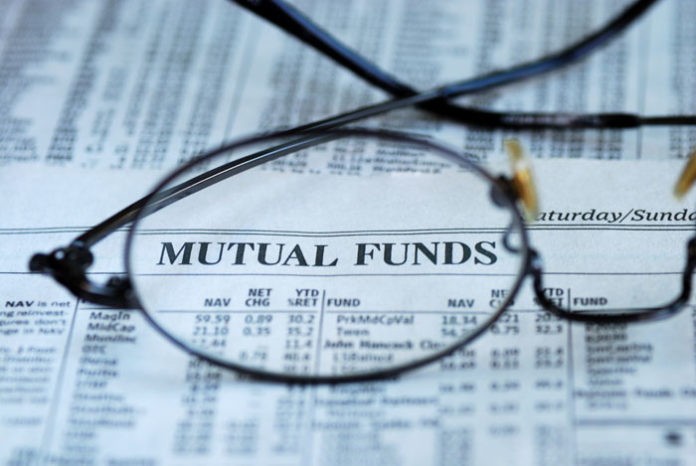One of the cardinal rules mutual fund investors follow is the avoidance of ‘load’ fees—essentially, the sales charge associated with joining a fund. Unfortunately, that leads these investors into perhaps a bigger mistake.
That’s because they’re overlooking two more fees funds assess. One is covered in the prospectus, but the other fee is one that is rarely discussed and even less frequently disclosed. In fact, you could call it a ‘hidden’ fee.
The first fee is the annual expense ratio, which pays everything from the fund manager’s salary to the electric bill at the home office. The average expense ratio is about 1.5% a year—and rising.
While the charge is debited on a daily basis, you’ll never see it appear on your monthly statement. You’ll have to go into the fund prospectus to find the appropriate disclosure.
Even if you can live with that fee—after all, the people who work for the fund need to make money too—the second hidden fee is one most financial advisors won’t discuss. But don’t blame them… many don’t even realize the fee exists!
Trading expenses are the dirty little secret of the mutual fund industry. They won’t be discussed in face-to-face meetings; they won’t be disclosed in the prospectus. To learn about these fees, you’ll need to access the fund’s Statement of Additional Information—a document that makes the prospectus look like a Dr. Seuss book.
Pour over this challenging read long enough and you’ll finally come to a section on these fees that average 1.44 % annually—almost an identical fee to the expense ratio. But again, don’t expect anyone to just hand this information over. Fund companies and brokerage firms are NOT required to share it with you.
So if these fees take about 3 percent of your annual gains, they must be essential to running a successful fund. Right?
Consider this: Morningstar is an independent investment research company that made its reputation—and plenty of money—largely off of its system of star ratings for mutual funds. Much like hotels, movies and other entities, Morningstar awards star ratings based on the overall quality of the product. The more stars a fund receives, the better the investment.
But a few years ago, Morningstar released a study that stated expense ratios were a better assessment tool than star ratings.
Let’s repeat that—the company that popularized star ratings for mutual funds released a study that said you’d have more success by simply choosing a fund with lower fees than you would by following those ratings.
“In every single time period and data point tested, low-cost funds beat high-cost funds,” read the study.
Try finding a fund advisor who can give you data that reliable!













